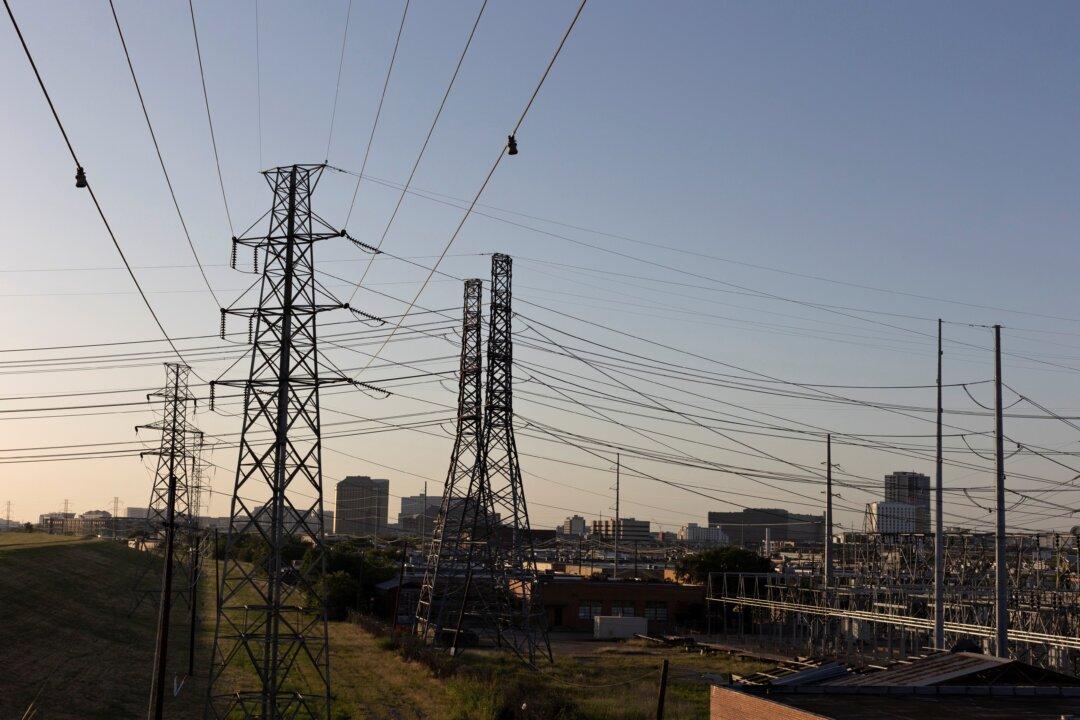Texas’s electricity grid operator revealed its new five-year forecast during a state Senate committee hearing last week, and the revelations could dampen the state’s bitcoin mining dreams.
Officials from the Electric Reliability Council of Texas (ERCOT), the organization that manages the state’s grid, testified on June 12 at a Senate Business and Commerce Committee hearing in Austin that cryptocurrency mining and artificial intelligence (AI) data centers could impact the reliability of the state’s power grid.






